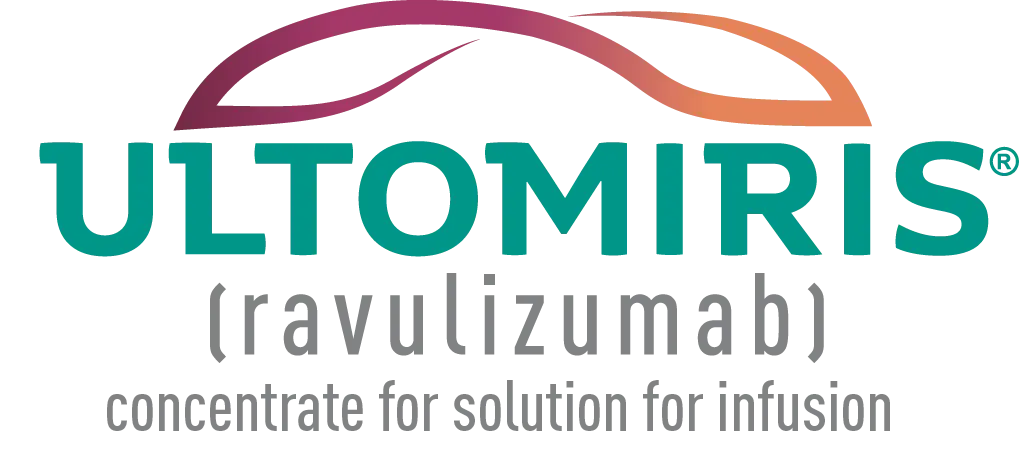


Before starting ULTOMIRIS® immunise your patients with appropriate vaccination.*1
ULTOMIRIS® is contraindicated in patients who are not currently vaccinated against Neisseria meningitidis unless they receive prophylactic treatment with appropriate antibiotics until 2 weeks after vaccination.1 Please consult the Summary of Product Characteristics prior to prescribing.
Patients must be vaccinated or revaccinated according to current national guidelines for vaccination use.1
If the patient is being switched from eculizumab treatment, physicians should verify that meningococcal vaccination is current according to national guidelines for vaccination use.1
Vaccination may not be sufficient to prevent meningococcal infection. Consideration should be given to official guidance on the appropriate use of antibacterial agents.1
All patients should be monitored for early signs of meningococcal infection and sepsis, evaluated immediately if infection is suspected, and treated with a appropriate antibiotics. Patients should be informed of these signs and symptoms and steps should be taken to seek medical care immediately. Physicians should provide patients with a patient information brochure and a patient card.1
Minimum infusion time for ULTOMIRIS® 100 mg/mL maintenance doses range from 30 minutes to 75 minutes, depending on body weight.. Patients are monitored for at least 1 hour after infusions.1
The recommended dosing regimen in adult patients with gMG (≥40 kg) consists of a loading dose followed 2 weeks later by the start of maintenance dosing once–every–8–weeks.1
The dosing schedule is allowed to occasionally vary within 7 days of the scheduled infusion day (except for the first maintenance dose of ULTOMIRIS®), but subsequent doses should be administered according to the original schedule.1
For patients switching from eculizumab to ULTOMIRIS®, the loading dose of ULTOMIRIS® should be administered 2 weeks after the last eculizumab infusion, and then maintenance doses are administered once every 8 weeks, starting 2 weeks after loading dose administration. In gMG patients who are not responding to eculizumab approved dosing regimen, treatment with ULTOMIRIS® is not recommended.1
All patients should be monitored for early signs of meningococcal infection and sepsis, evaluated immediately if infection is suspected, and treated with appropriate antibiotics. Patients should be informed of these signs and symptoms and steps should be taken to seek medical care immediately. Physicians should provide patients with a patient information brochure and a Patient card.1
The first maintenance dose is administered 2 weeks after the loading dose.1
This dosing regimen is specific to ULTOMIRIS® 100 mg/mL, please refer to the SmPC for the dosing regimens of the other formulations.1
ULTOMIRIS® has not been studied in paediatric patients with gMG.1
Adverse Event Reporting
Please report any adverse reactions via your national reporting system. Adverse events should also be reported to Alexion pharmaceuticals by the following link: https://contactazmedical.astrazeneca.com

healthcare professional
